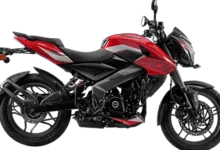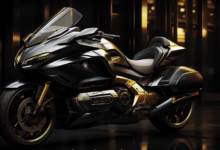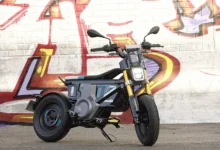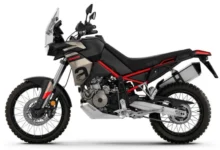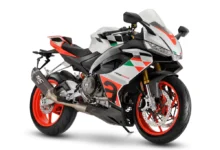Verge TS Pro Electric Motorcycle 2024
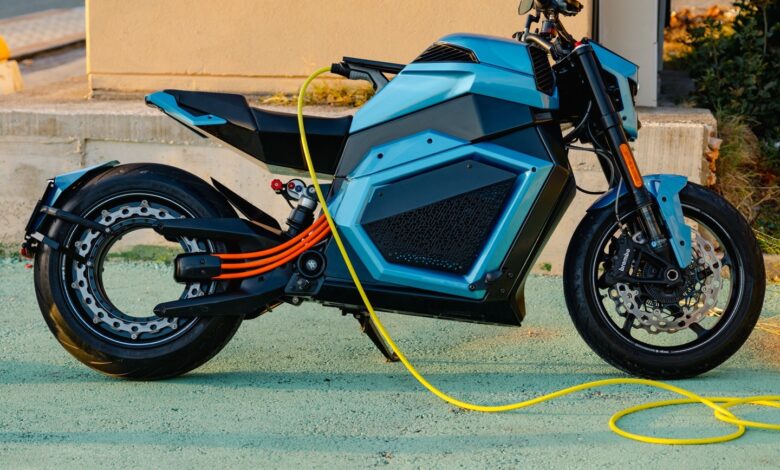
The Verge TS isn’t making its debut; it’s more like stepping back into the spotlight for another bow. Our journey with this hub-motor electric bike began back in 2019 at the EICMA show, where it first caught our eye with its innovative design and ambitious specs. But as is often the case with groundbreaking tech, especially in the electric vehicle (EV) sector, the road from concept to production mode
Fast forward to now, and Verge is back at EICMA, not just with the original TS model but with two beefier siblings—the TS Pro and the Ultra—expanding the family and promising more power and better specs. It’s an exciting time, with preorders open and bikes expected to roll out to customers by mid-to-late 2024.
Innovation at Its Core: The Hubless Rim Motor
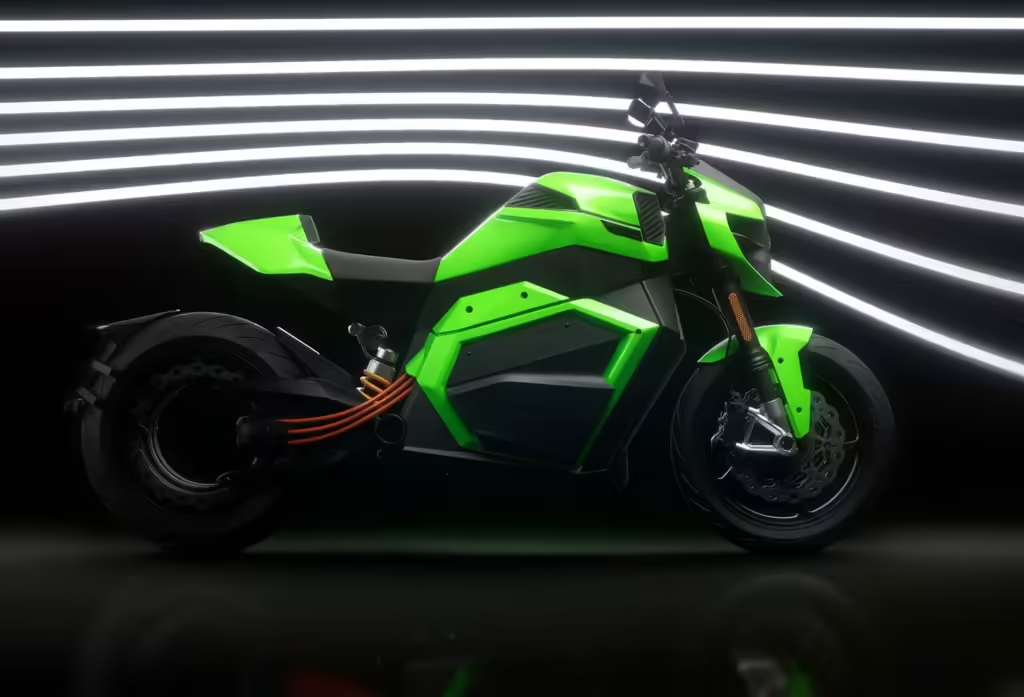
At the heart of the Verge TS series lies its standout feature: the unique hubless rim motor. Ditching the conventional setup of a mid-mounted motor linked to the wheel via a chain, shaft, or belt, Verge has integrated the motor directly into the rear-wheel rim. This means no hub and a direct transfer of power to the road, resulting in a purer, more efficient ride.
This motor placement isn’t just about power; it’s also about design and weight distribution. With the middle of the bike freed up, there’s ample room for the battery pack, enabling a lower weight distribution and lighter handling. Plus, the absence of residual drivetrain components allows for a c
Verge TS Series: A Deep Dive into Electric Performance
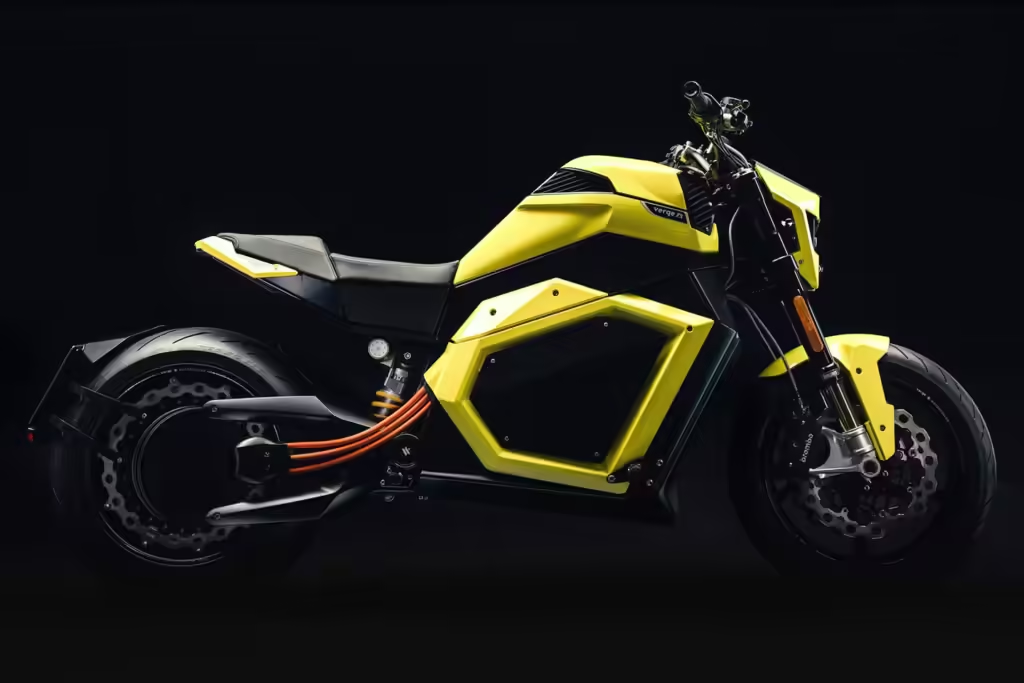
Power Hierarchy in the Verge Family
The Verge TS series doesn’t shy away from showcasing its muscle, starting with the base-model Verge TS flexing 107 hp, a figure that has stood firm since its debut. For those craving more power, the TS Pro steps up with 137 hp. However, it’s the TS Ultra that truly boggles the mind, boasting a formidable 201 hp. Despite these power differences, spotting the distinctions among the trio requires a keen eye, with subtle changes like the nose fairing with built-in winglets and the solo seat and tail cover on the Ultra hinting at their varied capabilities.
Torque that Talks
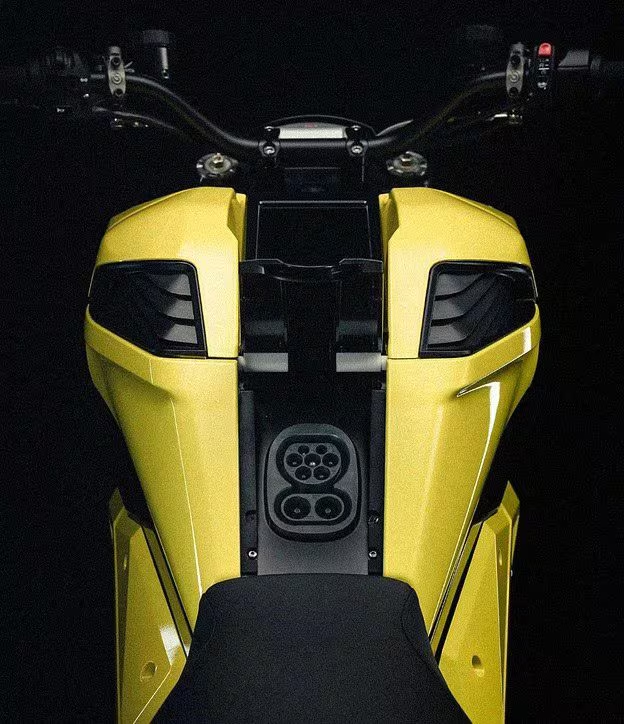
When it comes to torque, the Verge TS series speaks volumes, quite literally. The base TS and its Pro sibling deliver a ground-shaking 737 lb.-ft. of torque, but the Ultra takes it to another level with an astonishing 885 lb.-ft. These numbers aren’t just impressive; they’re practically unheard of in traditional combustion engine bikes, highlighting the unique advantage of electric powertrains.
Tech-Forward Riding
Modern riders expect modern conveniences, and the Verge TS doesn’t disappoint. Featuring traction control, regenerative braking, and four distinct rider modes (Range, Zen Beast, and Custom), it caters to a variety of riding preferences and conditions. All crucial data is displayed on an iPad-like color panel atop the dummy “fuel” tank, boasting intuitive software that keeps riders informed and engaged.
Customization and Specs
While the core specs of suspension components, battery configuration, and precise motor details remain a bit of a mystery, Verge offers a level of customization post-order. Riders can choose between standard Wilbers or premium Öhlins suspension, various seat materials and colors, and bike colors. Regardless of these choices, all models come equipped with Brembo front brakes and a Verge-manufactured four-piston caliper at the rear.
Verge TS electric motorcycle Pricing and Performance
The Verge TS series is as diverse in pricing as it is in performance. The entry-level Verge TS starts at $26,900, boasting a respectable 4.5-second dash to 60 mph and a 155-mile range. The mid-tier TS Pro, at $29,900, improves to 60 mph in 3.5 seconds and claims a 217-mile range. At the top sits the TS Ultra, with a price tag of $44,900, rewarding its owner with over 200 hp, a 0 to 60 in 2.5 seconds performance, and the promise of an 80% charge in just 25 minutes thanks to its DC fast-charging capability.
2024 Verge TS Pro Review
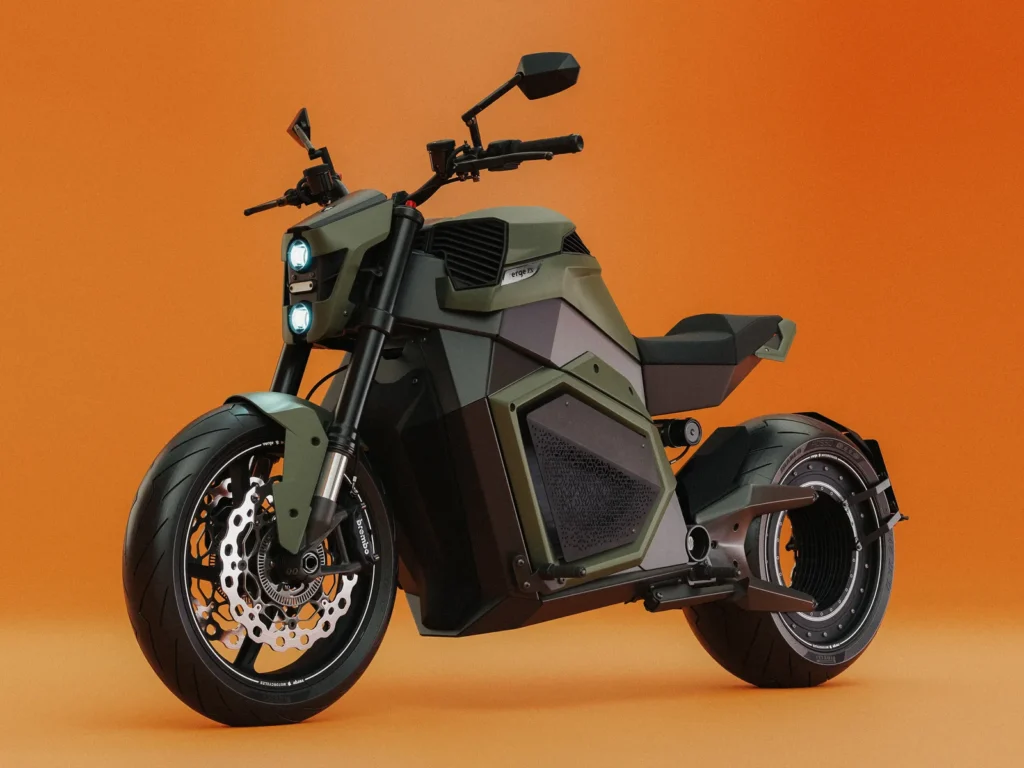
A Wheel That’s More Than Meets the Eye
At first glance, the unique design of Verge’s electric bikes might leave you scratching your head. But lean in closer, and the innovative genius behind it becomes crystal clear. What initially seems like an intricate part of the wheel’s design is actually the heart of its power: a large, hollow hub that serves as th
Verge TS Pro Engine
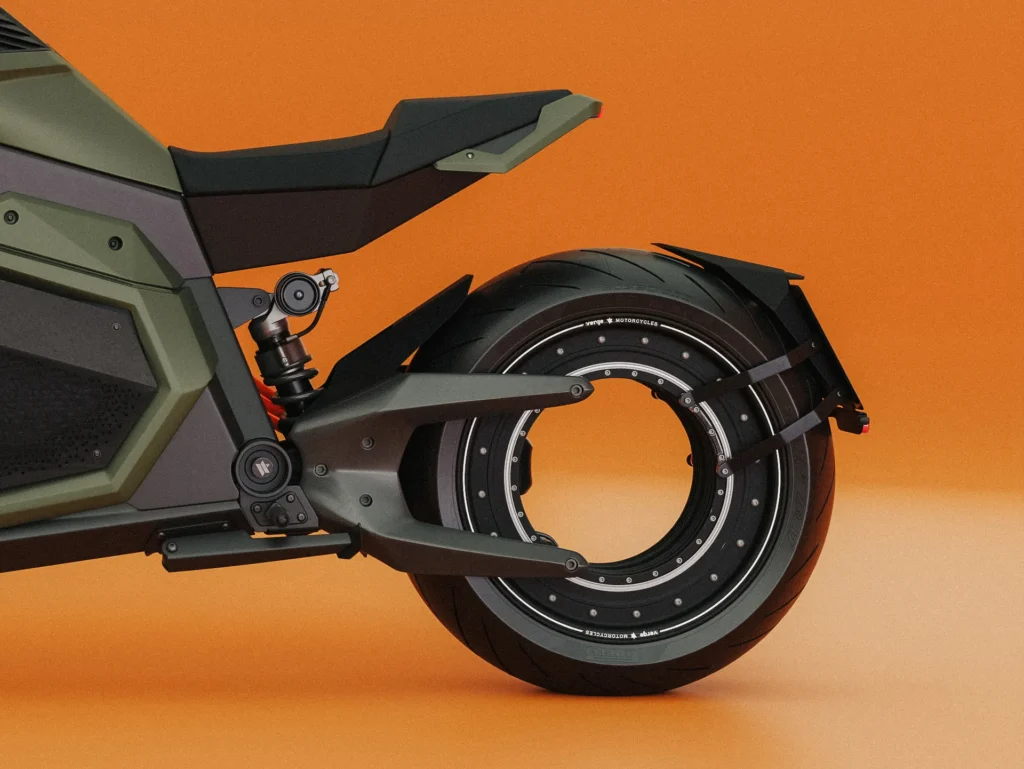
The essence of this engineering marvel lies in its simplicity and elegance. Imagine two concentric bands of magnets, separated by a bearing that allows one band to rotate freely around the other. The inner band, attached to the hub, is made up of electromagnets, while the outer band consists of permanent magnets. It’s this interaction between the two, powered by pulses to the electromagnets, that propels the wheel—and thus, the bike—forward. This direct drive eliminates the need for a traditional transmission, paving the way for a sleeker, more streamlined design.
Benefits of Battery-Centric Design
By integrating the engine directly into the wheel, Verge frees up the bike’s frame to house a substantial battery pa
Power and Responsiveness Without Compromise
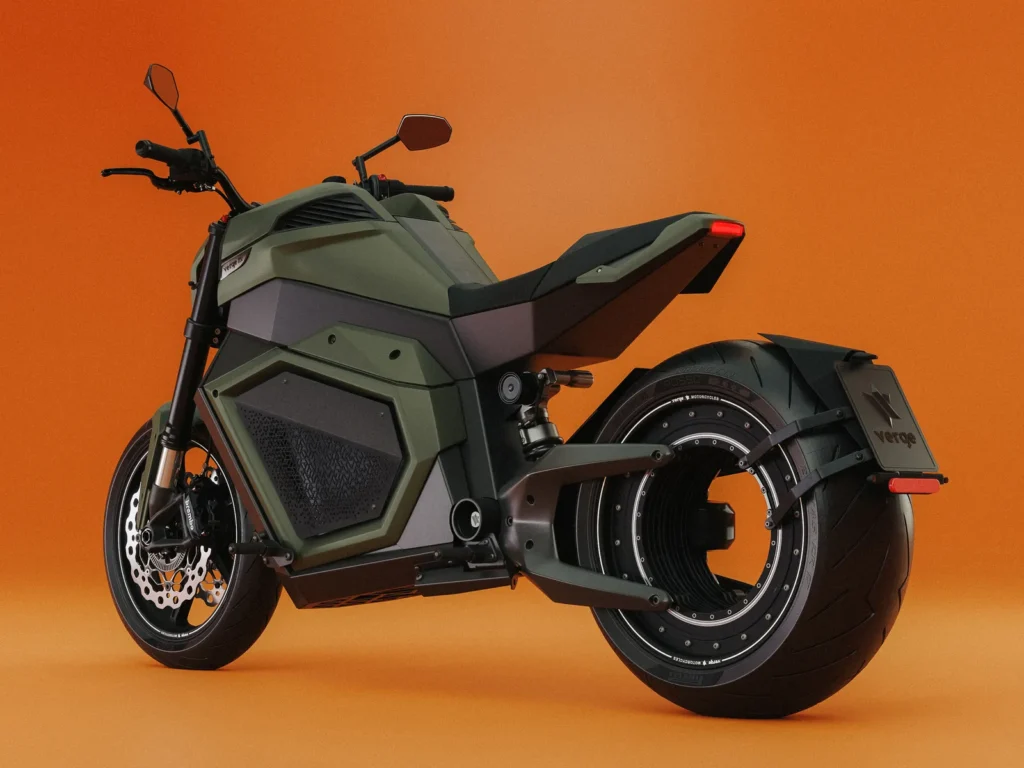
The absence of a conventional transmission means the bike benefits from fewer moving parts, resulting in increased reliability and power. Energy loss through friction, a common drawback of traditional drivetrains, is virtually eliminated. The result is a superbike that boasts between 700 to 1,200 Newton-meters (516 to 885 foot-pounds) of torque and 80 to 150 kW (107 to 201 hp) of power across the models. This engineering feat not only puts Verge bikes among the top electric superbikes in terms of power but also enhances responsiveness. The delay typically experienced between a change in engine speed and wheel speed? Gone, making for a riding experience that’s as immediate as it is exhilarating.
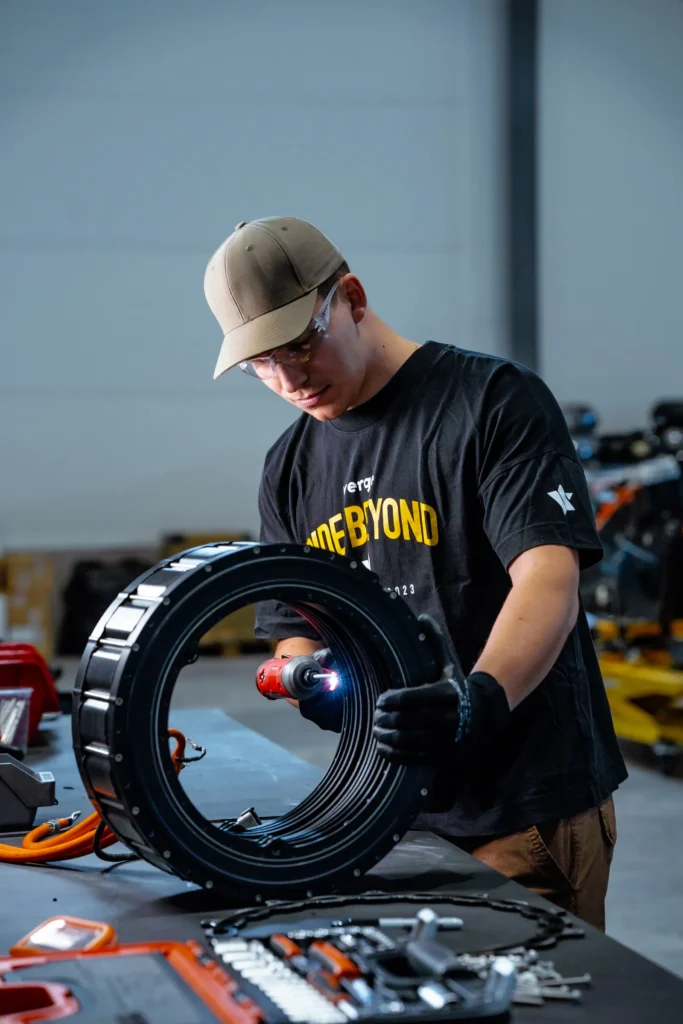
At first glance, one might expect the birthplace of Verge’s cutting-edge electric bikes to be a scene straight out of science fiction, with robots and automated assembly lines crafting these futuristic machines. Yet, the realit
Simplicity at the Core
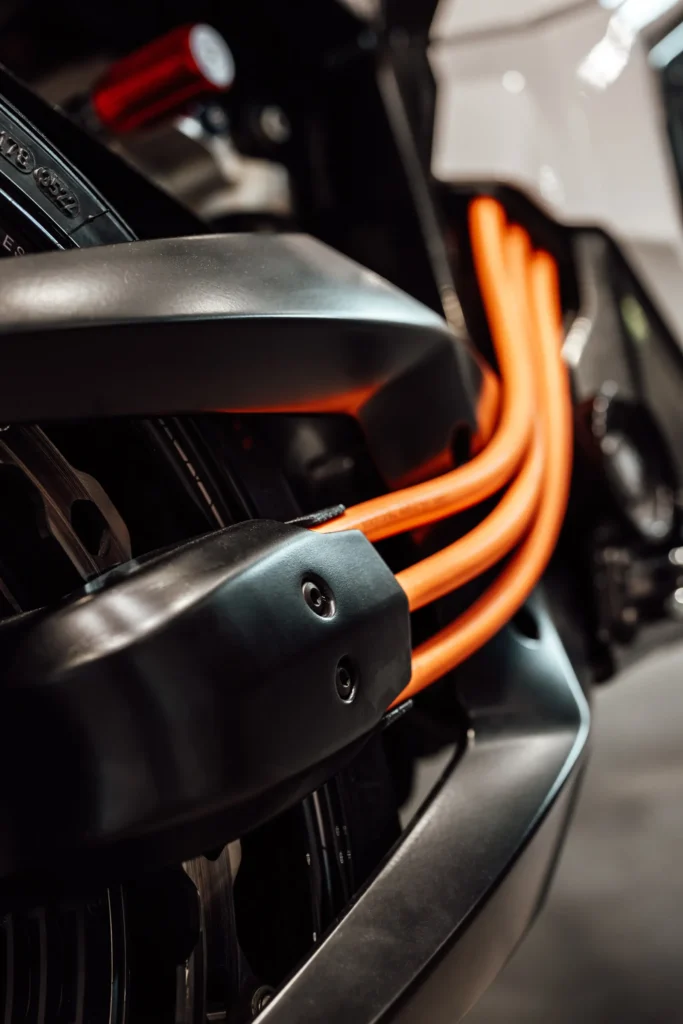
The en
